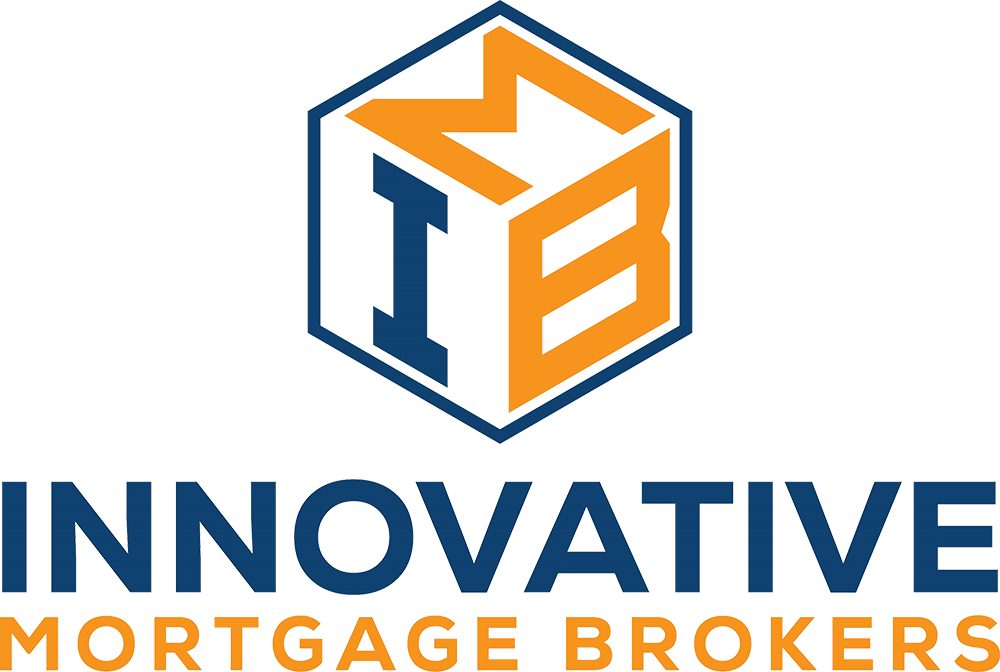Navigating through the mortgage process can be a daunting task. That's why at Innovative Mortgage…
Understanding the Difference Between FHA and Conventional Loans
Are you thinking about taking out a mortgage to buy a house? Most borrowers have two choices when taking out a mortgage – the FHA loan or conventional loan. Understanding the difference (and similarities) between the two can help you choose the right loan option for you.
Before you decide which loan is right for you, we encourage you to find out your credit score as well as calculate out how much money you have for a down payment. These two factors will help you choose the right loan.
What is an FHA Loan?
Borrowers with less than perfect credit and/or a small down payment may opt for the FHA loan. This government-backed loan has flexible guidelines and low down payment requirements. For example, you can get an FHA loan with as little as a 3.5% down payment and a 580 credit score. That’s unheard in any other loan program.
FHA loans give first-time home-buyers a great opportunity to buy a home. Without a home to sell, you may not have a large down payment, but the FHA loan makes it possible. FHA loans are also great for borrowers with less than perfect credit.
Qualifying for an FHA Loan
FHA loans, as we discussed only require a 580 credit score and 3.5% down payment, but you’ll also need:
- 2-years of stable income and employment
- Proof that you’ll live in the home as your primary residence
- Proof of enough assets for the down payment and closing costs
- Proof of gift funds (if applicable)
- 31% total housing ratio (your mortgage payment can’t exceed 31% of your gross monthly income)
- 43% total debt ratio (your total monthly payments can’t exceed 43% of your gross monthly income)
- No defaulted federal loans
- At least 2 years since a Chapter 7 bankruptcy and 1 year since a Chapter 13 bankruptcy
- At least 3 years since a foreclosure
What is a Conventional Loan?
Borrowers with better credit scores and/or a higher down payment may opt for the conventional loan. Many people think you must have a 20% down payment for conventional loans, but that’s not the case. You don’t even need ‘perfect credit,’ you just need better credit than FHA loans require. Too many people are afraid to give the conventional loan a try – it’s not as hard as it seems to qualify.
Qualifying for a Conventional Loan
Conventional loans, as we discussed typically need a 620+ credit score. In addition, you need:
- At least a 3% down payment
- Stable income and employment for the last 2 years
- The home can be a primary, secondary, investment, or vacation home
- Proof of enough assets for the down payment and closing costs
- Proof of gift funds (if applicable)
- typically, 31% housing ratio (your mortgage payment can’t exceed 31% of your gross monthly income)
- up to 50% total debt ratio (your total monthly payments can’t exceed 50% of your gross monthly income)
- At least four years since a Chapter 7 bankruptcy and at least 2 years since a Chapter 13 bankruptcy
- At least 7 years since a foreclosure
The Difference in Mortgage Insurance
Aside from the difference in credit score requirements, the required mortgage insurance is the next largest difference between FHA and conventional loans.
When you take out a conventional loan and put less than 20% down on the home, you’ll need to pay Private Mortgage Insurance. PMI is what covers the lender should you default on the loan. The PMI only covers the lender’s interest in your home and you pay the premiums. The premium varies based on your credit score and loan-to-value ratio. However, you can cancel your PMI once you owe less than 80% of the home’s original value.
FHA loans work a little differently. Every FHA borrower pays mortgage insurance on an FHA loan. In fact, each borrower pays the same percentage – 0.85% of the outstanding loan balance. FHA borrowers pay mortgage insurance for the life of the loan. You can’t cancel the insurance until you pay the loan off in full by refinancing or selling the home.
FHA loans also have upfront mortgage insurance which is 1.75% of the loan amount. If you borrowed $200,000, you’d pay $3,500 at the closing. If you can’t afford the upfront MIP, you may be able to wrap it into your loan amount.
Choosing the Right Loan for You
So how do you choose the right loan for you? Ask yourself the following questions:
- Do you have a credit score of at least 620+?
- Do you have at least 3% to put down on the home?
- Do you have a recent history of bankruptcy or foreclosure?
If you have a good credit score, decent down payment, and no recent negative credit events, the conventional loan may provide the least expensive option. At the very least, you won’t have to worry about refinancing down the road to get rid of your mortgage insurance. If, however, you’ve had some credit issues or don’t have 3% to put down on the home, an FHA loan is a great and affordable option.
No matter which loan you choose, you’ll get competitive pricing, low interest rates, and the funds needed to buy your dream home. We’ll help you figure out which loan option suits your needs the most. We show all of our borrowers all options available to them, explaining how each loan affects them in the long run. We are here to help you make the most out of your home buying process. We know that achieving the American Dream is important and yet is one of the largest decisions you’ll make in your lifetime. Let us walk you through the process, matching you up with the perfect FHA or conventional loan.







